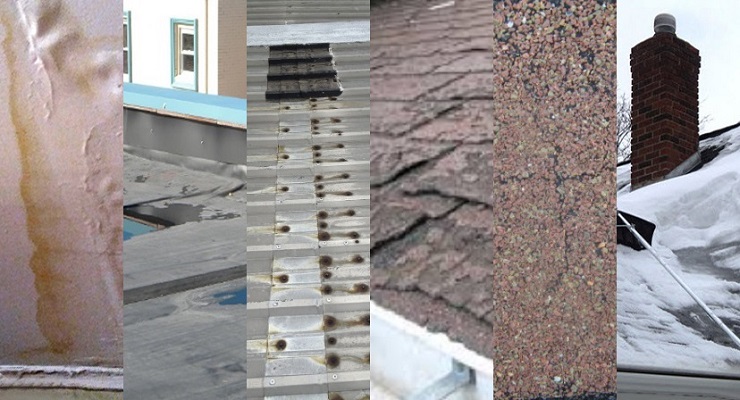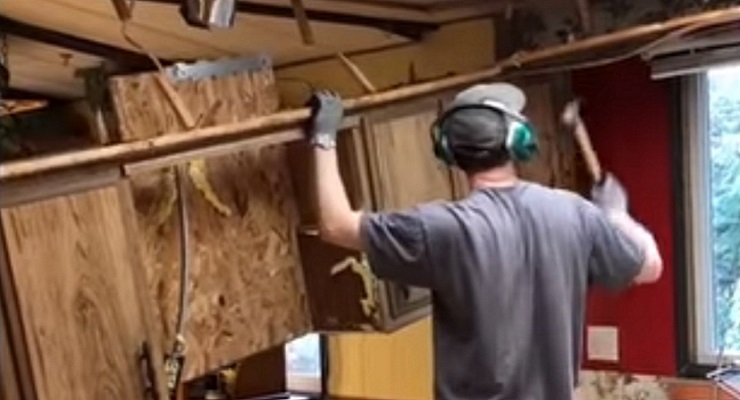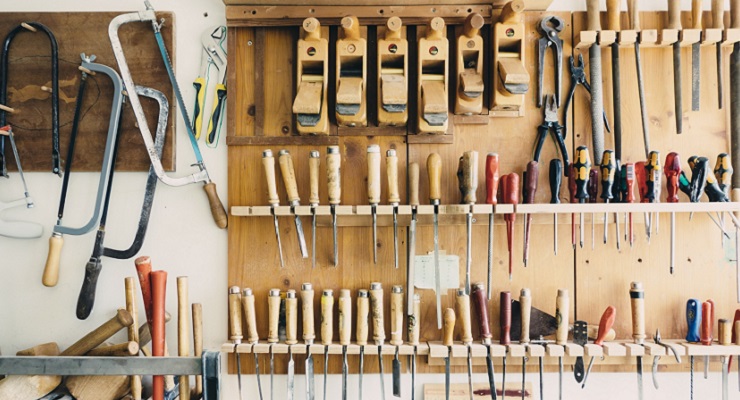Make the Switch to Copper or PEX Pipes
Friday, March 3, 2017
If you’re planning to build a home, want to re-pipe your existing plumbing lines or just need to replace a section of damaged pipe, you have multiple options. No longer is copper piping the primary, or preferred, choice of most homeowners and plumbers.
By replacing your corroded galvanized main line water source with copper and your galvanized pipes in your home with copper or PEX you can kiss low water pressure goodbye. Your orange water due to rust build up in your pipes will decrease especially if you have a new water heater with no sediment in it. Shower temperatures changing from hot to cold? Not if you have installed new valves along with your copper/PEX repipe. This will also help with decreased pressure due to clogged shower head. Galvanized pipes can cause hard water and rust build up. It is best to repipe your whole house or commercial establishment lines at the same time, not just replacing the vertical or horizontal lines to avoid old problems flowing into new copper or PEX pipes.
PEX (cross linked polyethylene) is part of a water supply piping system that has several advantages over metal pipe or rigid plastic pipe systems. PEX is flexible, resistant to scale and chlorine, doesn’t corrode or develop pinholes, is faster to install than metal or rigid plastic, and has fewer connections and fittings. Despite rumors, rodents and rats cannot chew through PEX. PEX tubing has been used for decades in other countries and has been in use in the United States since around 1980.
PEX costs at least 25% less on average than copper and is an excellent alternative for areas too small or tight for rigid copper and CPVC pipes. The tubing is connected by using crimp rings with a compression tool or by snapping it into connecter fittings. It is easier to install, which can reduce labor costs compared to copper pipe installation.
The disadvantage of copper is that it reacts to different metals that are touching it, like nails and galvanized clamps, if it’s hooked directly to galvanized fittings. It causes electrolysis, which actually puts pinholes in the pipe. Copper is also real prone to wearing down because of the flow of the water throughout the pipe. As the flow turns the fitting, it can wear out the fitting or the edge of the pipe at the fitting and cause it to leak. Along with the additives being used in water in different areas, it can cause pin holes at a more rapid pace in copper pipes.
For more help with your plumbing needs, contact Keithley Plumbing at
www.keithleyplumbing.com or by calling (626) 449-0387. They are located in Pasadena.



